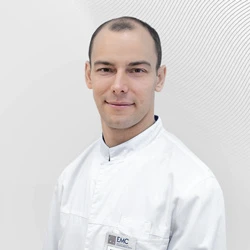A patient (20 years old) with a common disease, bullous lung disease, applied to the EMC Surgical Clinic. At the first visit in August 2013, the patient complained of chest pain and shortness of breath, which suddenly appeared with little physical exertion. Computed tomography of the chest revealed spontaneous left-sided pneumothorax (air in the pleural cavity) with collapse (collapse) of the left lung, bullous lung disease with the location of bullae in the tops of both lungs was suspected. In an emergency, drainage was installed into the pleural cavity, the air was evacuated, and the left lung was straightened.
A bulla is a thin—walled bubble filled with air that forms mainly in the upper parts of the lungs. Bullae of the lungs can be either congenital, resulting from a violation of the development of lung tissue, or acquired, associated with impaired patency of the bronchioles and small bronchi due to various diseases. The alveoli filled with air gradually stretch, thin-walled cavities appear, which, slowly increasing, can reach large sizes. Bullous disease is usually asymptomatic, but often, as in the case of our patient, it is complicated by rupture of the bullae and the occurrence of spontaneous pneumothorax.
The patient continued outpatient follow-up and felt well, but in November, actually two months after the first episode of pneumothorax, the disease relapsed. Repeated CT scan clearly revealed the cause of the pneumothorax, a bull in the apex of the left lung.
The patient underwent surgery: thoracoscopic resection (removal of a small part) of the upper lobe of the left lung, partial pleurectomy (removal of a part of the pleura).
The capabilities of the EMC Surgical Clinic allow performing most operations on the chest organs with thoracoscopic access, i.e. using video technology and special instruments inserted through small incisions in the intercostal spaces. Open operations on the chest organs are often accompanied by prolonged and severe pain, the cause of which is injury caused by the dilution of the ribs. When using thoracoscopic techniques, minimal tissue damage reduces the intensity and duration of postoperative pain, reduces the likelihood of postoperative complications and the length of hospital stay.
In our case, the operation and the rehabilitation period passed without complications, and the patient was discharged from the hospital on the 4th day after the surgical intervention.
Was this information helpful?
Questions and answers
Ask a Question





.webp)


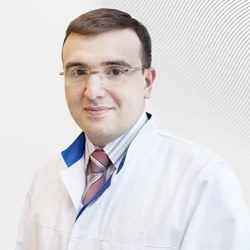
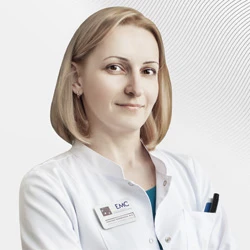


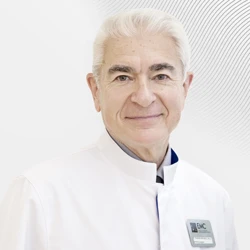
.webp)

.webp)
.webp)


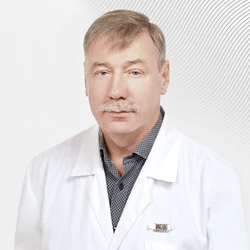


.webp)
